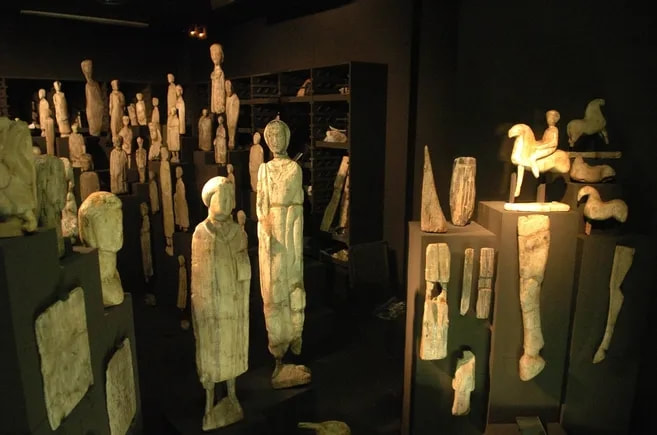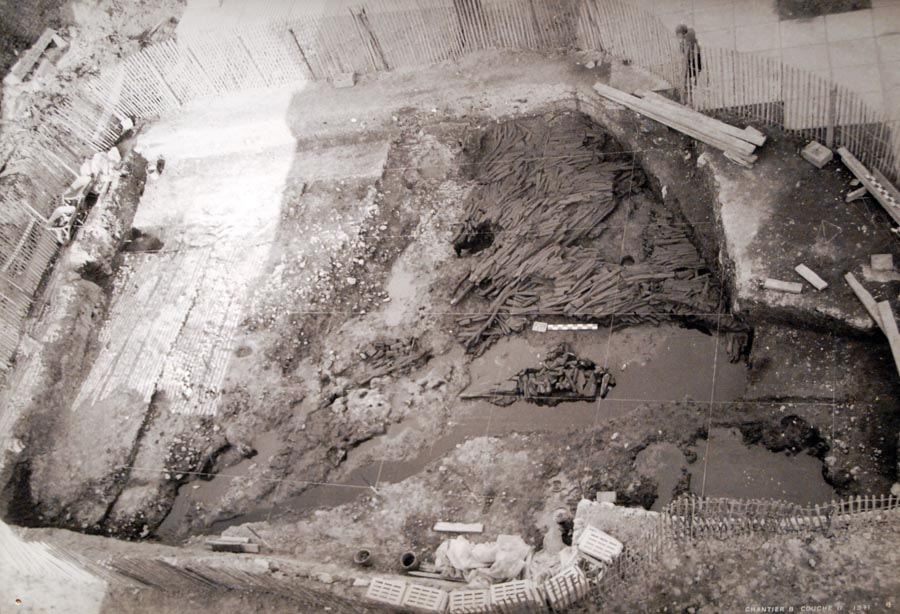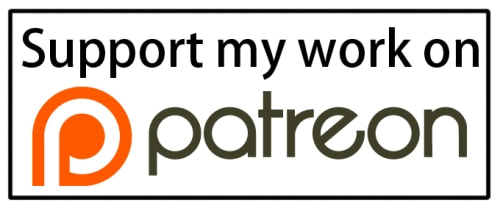If I came closer to understanding Maponos today, it was only that I came closer to understanding the enormity of what was being asked of Him. Like most modern polytheists, I shy away from thinking of deities as all-powerful or all-knowing. If you want their help you have to get their attention, offer something in return, and accept that they probably have more agency in the world than you do, but how much more is never clear.
From what the archaeologists can know, this site was only in use for a hundred years – probably less. Yet the limbs piled up into a solid mass, accompanied by offerings of gold staters and hazel nuts and fibulae. Maponos waited with open arms to receive all that pain, all those hopes.
I’ve had a few visions of Maponos over the years. One, quite unexpected, where he appeared as a tall, self-assured, young man in a cave with flowing water. I sat with my arm outstretched as He poured water over it from a dipper. I had an overwhelming sense of kindness and compassion, but also of the sort of detachment one often finds in people in the medical profession. Detachment which allows them to do their work, keep their sanity, be efficient. Something else, too. A sense from Him that I shouldn’t be surprised by His willingness to heal. A sort of "It's what I do" matter-of-factness.
Of course there’s more to Maponos than His healing aspect. We lack any mythology for Maponos. We have to do our best to understand Him through His associations with Apollo and Mabon ap Modron, and maybe even Aengus Óg son of Boand and the Dagda. Their attributes include healing, being imprisoned, music and poetry, hunting, association with the sun, maybe a warrior aspect … Recently, I sensed Maponos reminding me that I need to see deities, Himself included, in all their aspects, not just pick one.


 RSS Feed
RSS Feed





